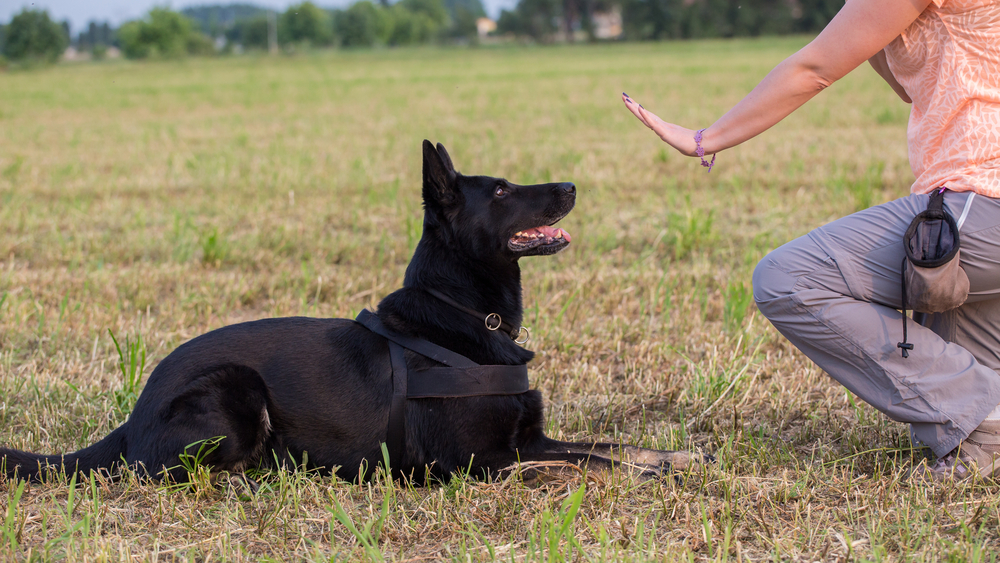£0.00 (0) Cart
As much as we love our dogs, it can sometimes be frustrating if they are badly behaved. Whether we have had them from a puppy or have welcomed them into our homes at a later point in their life, it is never too late to train them in the basics.
We have put together an easy to follow guide to training your dog out of bad behaviours, with affordable aids that can help you to recondition them to become a gentler and less naughty member of the family.

This is easier said than done when your dog is unable to tell you what is bothering them. Here are some common features of bad behaviour and what they can sometimes mean.
This is a tried and tested method of dog training, using positive reinforcement to teach your dog how to behave. It is easy to use and can be fun for both the dog and the owner, helping to build a strong bond between you both.
Simply click the button if your dog does or is about to do something naughty, which should get their attention and stop them in their tracks. Once they stop what they were doing, give them a small treat so that they know there is a reward for doing what they are told. A clicker is small and easy to carry around with you, with the aim that eventually your dog will have learnt good behaviours so that you can stop using the clicker altogether.
If your dog comes across as aggressive when out for a walk or constantly barks at people or dogs, a muzzle could be the answer to relieving their anxiety. It will also put other people at ease, which in turn will help to calm your dog.
Choose a muzzle that is well fitted and comfortable, with an easy to use strap that means you won’t struggle to put it on and take it off. Most muzzles will allow you to continue giving your dog treats as a reward, perfect for continuing your training with them when you are out and about.
A whistle will grab the attention of your dog without frightening them, at a frequency that will not hurt their ears. It is small and compact, which is perfect for popping in your pocket and using at a moment's notice if you find that your dog is starting to play a little loose with your rules.
The key to effective whistle training is to be consistent. Have a system of blows for each command, such as a long whistle for coming back and two short whistles to sit and stay. Be sure not to change your system, otherwise your dog will become confused as to what you are asking of them. It may take a little time to train your dog to know how many whistles are for what, but if you stick with the training it will certainly pay off in the end.
This will be the same whether your dog is a puppy or an older dog, with a focus on repetitive actions and reward giving. Start by taking your dog outside every hour, waiting with them to see if they need to go. If they relieve themselves, encourage them and give them a treat so that they can associate good behaviour with doing their business outside. Try to notice when your dog needs to go to the toilet, which can sometimes lead to pacing around or going to the door. Take them out straight away and lead them to the same spot in the garden, so that they will recognise this as their toileting area.
Sometimes accidents can happen, so be patient and repeat the process until your dog is comfortable with the system they should follow. If you see them about to toilet inside the house, distract them quickly with a toy or a treat and gently move them outdoors. Shouting at them might frighten them into not going at all, or possibly only relieving themselves when you’re not home.
Most problems with dog behaviour are solved with patience and a little bit of time, but if you find that your dog is constantly aggressive or badly behaved, it will be a good idea to consult a vet for their opinion.
Sources
https://www.battersea.org.uk/pet-advice/dog-care-advice/%E2%80%8Bhousetraining-your-dog